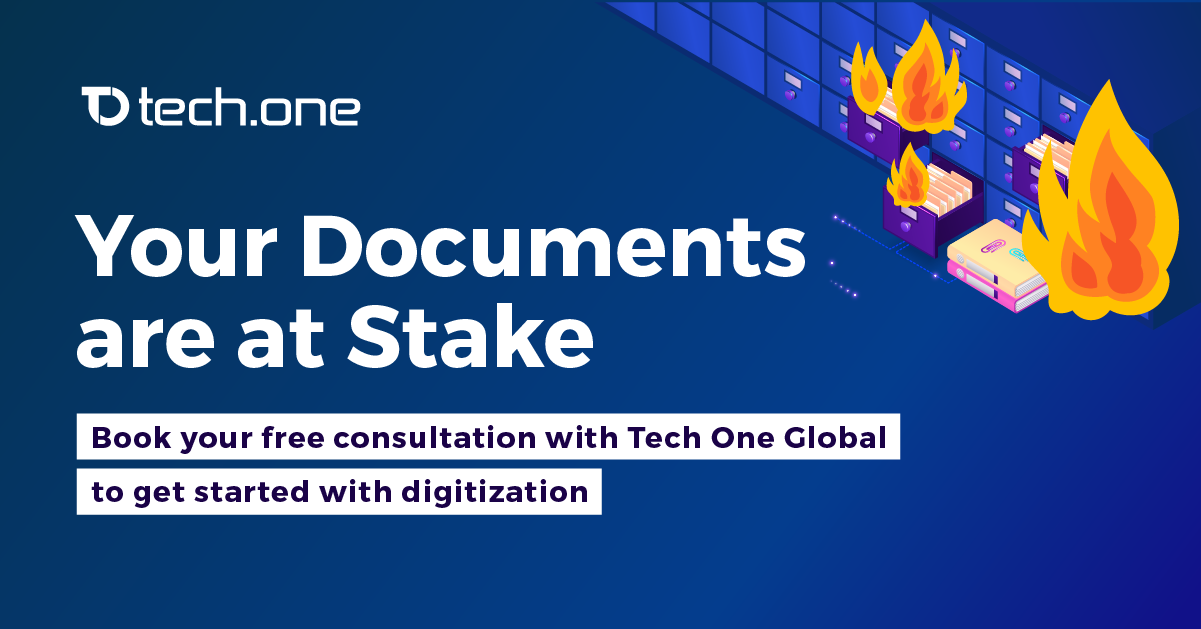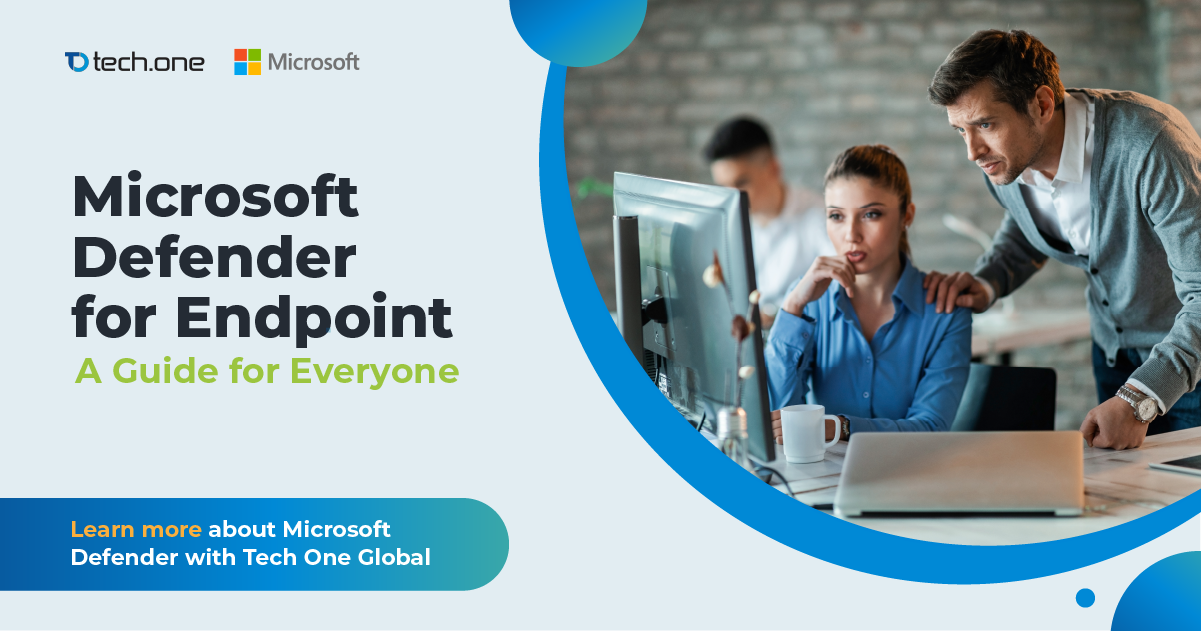
A strong cyber security strategy has become one of the major needs of modern businesses as they take a plunge on deeper organizational and industrial connectivity through online access of documents and data.
While we’re all expectant to external factors as the only source of security threats, internal factors are also now great contributors to data vulnerability. As per Infosec’s report, the University of Washington Medical Center made an accidental web/internet exposure of almost a million records in February 2019. The Federal Emergency Management Agency (FEMA) also had 2.3 million records exposed due to employee error.
Threats now come from all sides and corners of the industry. How should you build a solid cyber security strategy?
Be assessed
Establishing a strong foreground for your security posture could mean scrutinizing and even scrapping your current security approach. This could be done through a 1:1 security and threat assessment moderated by tech experts near you.
These types of assessments give you a fuller perspective of your cyber security posture and allow you to see implementation gaps and which solution should be used as remedy. Also, experts now have ways to quantify your security and would recommend data-driven solutions fit to your budget and use. These can also come with infrastructure testing and simulations to fully know the strengths and limitations of your current security landscape.
Tech One sees this need and now offers free threat and security assessment. Save your slots today by sending us a message here.
Implement the right productivity suite
Office collaboration in a modern workplace scenario ties productivity to cyber security. With the number of data and documents processed daily for both internal and external purposes, an uncompromised security and full productivity are the two major elements you should be looking for a productivity suite.
This gives birth to the Zero Trust security model now found in most of productivity suites available in the market. This is very visible through a series of account verification during data accessing and sharing and logging in—primarily keeping an eye to the activities happening inside the productivity suites.
Forbes puts Zero Trust in perspective by providing the four core tasks it needs to accomplish:
- Micro-segmentation– creating separate access for different areas in a network
- Application behavior and visibility – developing isolated security through defined application behaviors that may include limitations to visible and usable application features
- Multi-factor authentication – implementing a series of account verification for application/data users.
- Least privilege – moderating the access of an end user to an application
Implementing a productivity suite that observes Zero Trust security is technically adding up extra strong layers of security protocols on top of the default protection, without making end users look unreliable in terms of maximizing productivity and security.
Zero Trust simply is not giving complacent security amidst evolving cyber security threats that requires participation from users. And this is what Microsoft is implementing across its IT solutions, primarily productivity suites: Microsoft 365 and Office 365.
Invest on ECM
Everything is now becoming digital, even your simplest workflows. At the end of the day, these produce digital assets that need proper management. This conceives the need of acquiring an Enterprise Content Management (ECM) platform on top of local and on-cloud storage. But why go for an extra expense?
An ECM plays an important role in a cyber security strategy not because it is only a massive storage for a bunch of digital assets, but it also provides a dedicated supervision for your documents that your conventional storage can’t give. To give a full view, a competitive ECM should do the following:
- Capture physical documents to digital format
- Manage the storing, access, and retrieval of digital documents
- Integrate to existing organizational systems and enable global mobility
- Automate document-driven processes
- Provide additional layers of security and disaster-proofing features
An ECM fills in the gaps between systems that normally go unnoticed. With this in your arsenal, you already saved office space and leveraged the convenience of digitization.
Developing a holistic cyber security strategy on your own is a challenge. Not just it gives you a one-dimensional view of your current security posture, but also opens you to risks of implementing substandard solutions and approaches.
Let a specialist with the expertise of the right, secure, and compliant approaches help you through your cyber security strategy planning. Choose us! Let’s talk.







